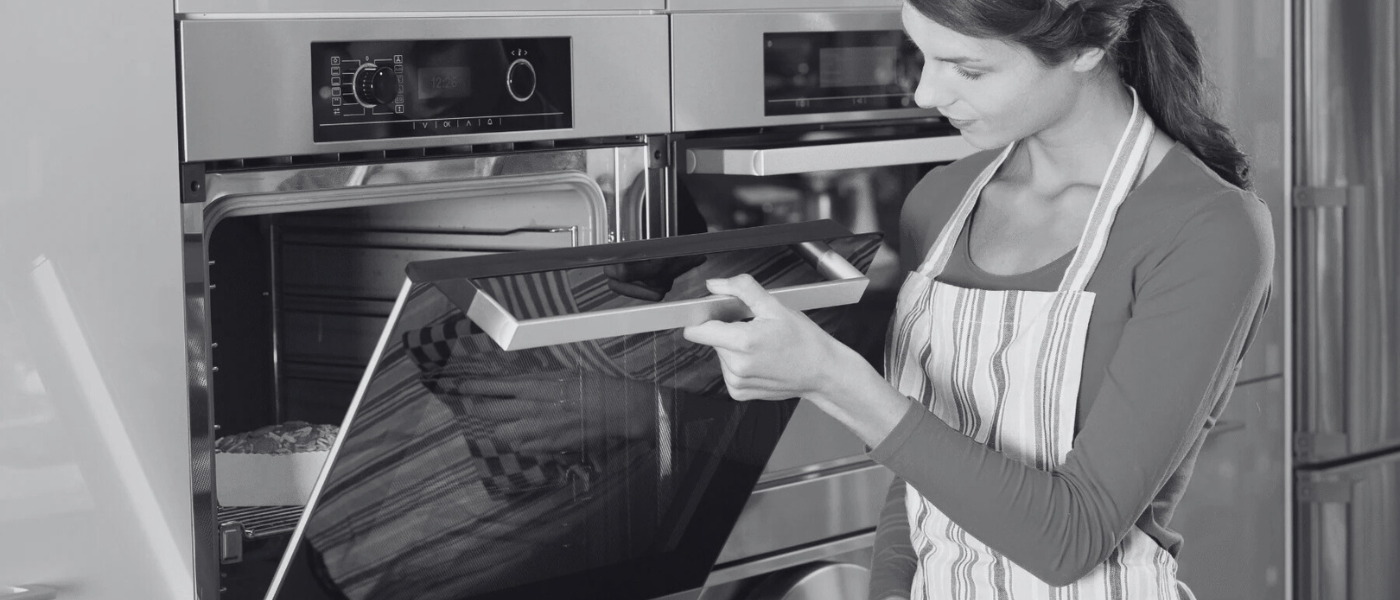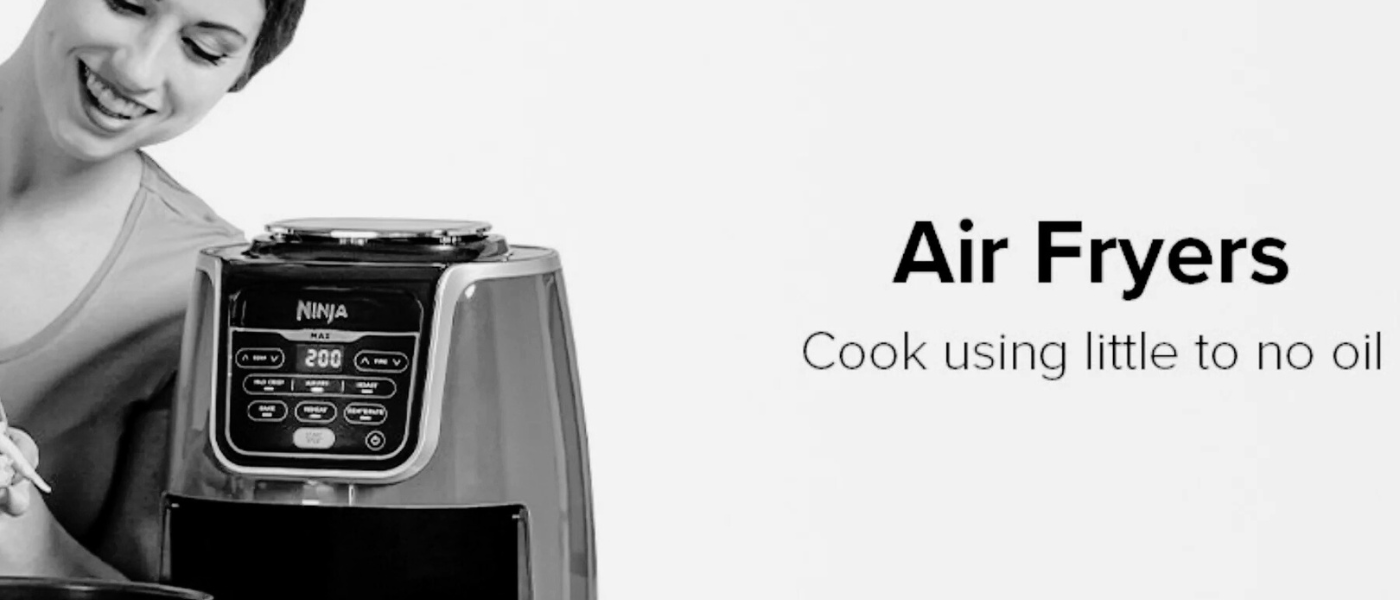Gas Hobs
Gas hobs are a popular and efficient cooking appliance that has been used in homes and commercial kitchens for many years. A gas hob is a stove that uses natural gas or propane as a fuel source to produce a flame, which heats up pots and pans.
This type of hob is known for its speed and precision, making it an excellent choice for both professionaland home cooks. In this guide, we will explore the design, advantages, and disadvantages of gas hobs.
Today, gas hobsare a staple in many kitchens around the world, and they continue to be a popular choice for their speed and versatility.

The Design of Gas Hobs
Gas hobs consist of a metal frame that supports several burners, which produce flames to heat up pots and pans. The burners are connected to a gas line, which supplies the fuel to produce the flame. The flame is controlled by a knob, which can be turned to adjust the size of the flame and the heat output.
Moderngas hobs also come with several safety features, such as automatic shut-off valves and flame failure devices. These features ensure that the gas supply is cut off if the flame goes out, preventing gas leaks and potential fires.
Cooking with Gas Hobs
Cooking using a gas hob is a popular and traditional method of cooking that many people prefer due to its numerous advantages. Gas hobs provide instant heat and precise temperature control, which makes cooking easier and more efficient. The heat produced by a gas hob is evenly distributed, allowing for even cooking and better results.
When cooking with a gas hob, it is important to choose the right cookware. Cookware made of stainless steel, cast iron, or aluminum are ideal for use on a gas hob. Glass or ceramic cookware should be avoided, as they can crack or shatter due to the high heat levels produced by gas hobs.
Using a gas hob is also more energy-efficient compared to other types of cooking methods. The heat produced by the gas hob is focused directly on the cookware, reducing the amount of energy wasted. Additionally, gas hobs are less expensive to operate, as natural gas is often cheaper than other fuel sources like electricity.
Overall, cooking using a gas hob is a reliableand efficient method of cooking that has been used for decades. It provides precise temperature control, even heat distribution, and is more energy-efficient and cost-effective compared to other cooking methods.
The Advantages of Gas Hobs
One of the main advantages of gas hobs is their speed and precision. Gas hobs can produce high heat levels quickly, which is ideal for boiling water, searing meats, and stir-frying vegetables. The ability to quickly adjust the heat output also allows for precise temperature control, which is important for delicate dishes like sauces and soups.
Another advantage of gas hobs is their versatility. Gas hobs can accommodate a wide range of cookware, from small saucepans to large woks. They can also be used for a variety of cooking techniques, including boiling, simmering, frying, and sautéing.
Gas hobs are also known for their energy efficiency. Because gas heats up quickly and evenly, less energy is wasted compared to electric hobs. This can lead to lower energy bills and a more eco-friendly kitchen.
Finally, gas hobs are easy to clean and maintain. Unlike electric hobs, which can become scratched and discolored over time, gas hobs can be easily wiped clean with a damp cloth. The burners can also be removed for deeper cleaning, making it easy to keep your gas hob in top condition.
The Installation of Gas Hobs
Gas Hobs must be installed by an RGI registered Gas Installer. Gas hobs can be dangerous if they are not properly installed. For this reason, it is important to have your gas hob installed by a professional and to have it serviced regularly.
Gas hobs can cost more than their electric induction counterparts. Gas hobs can be more expensive to maintain and install than electric or induction hobs. They also require a gas line to be installed, which can be costly if one is not already present in your kitchen.
How do I clean my gas hob?
To clean a gas hob, remove the burner caps and grates and wipe them down with a damp cloth. Use a non-abrasive cleaner to remove any stubborn stains or grease build-up. Be sure to dry the burner caps and grates thoroughly before reassembling the hob.
What are the disadvantages of a gas hob?
Gas hobs have a few disadvantages, including safety concerns, cost, and convenience. Gas hobs need to be installed by an RGI Registered Gas Installer, and lighting the flame manually can be difficult for some users.
How do I clean my gas hob?
To clean a gas hob, remove the burner caps and grates and wipe them down with a damp cloth. Use a non-abrasive cleaner to remove any stubborn stains or grease build-up. Be sure to dry the burner caps and grates thoroughly before reassembling the hob.
How often should I have my gas hob serviced?
It is recommended to have your gas hob serviced annually by a professional. This can help ensure that it is operating safely and efficiently and can prevent potential issues from arising.
Can I use any type of cookware on a gas hob?
Gas hobs can accommodate a wide range of cookware, including stainless steel, cast iron, and aluminium. However, it is important to avoid using glass or ceramic cookware, as they can crack or shatter due to the high heat levels produced by gas hobs.
How do I light the flame on my gas hob?
To light the flame on a gas hob, turn the knob to the "light" position and use a match or lighter to ignite the flame. Once the flame is lit, turn the knob to the desired heat level. Some gas hobs may have an electronic ignition, which eliminates the need for matches or lighters.










